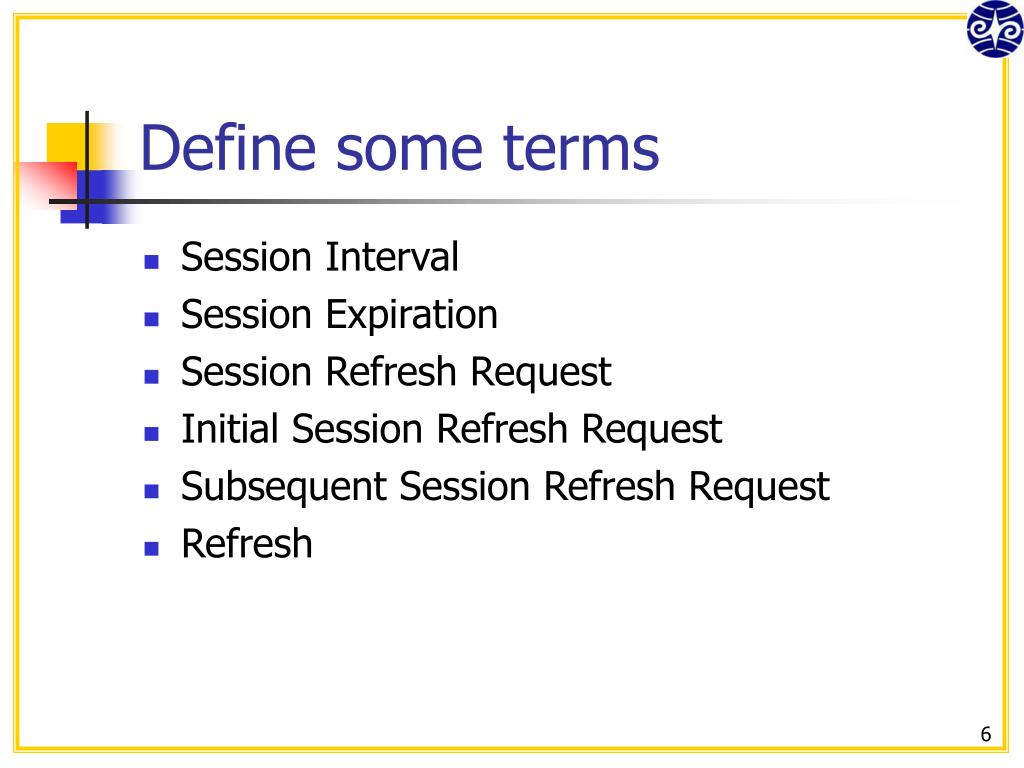

Past events of the same “session” will are not modified (because GA4 tries to ditch the concept of a “session” ( to some extent)). In GA4, User Property is set to all the events but from that particular moment going forwards.
#GA SESSION DEFINITION CODE#
If you want to apply a dimension to all the events of a particular session, you must send that dimension with every event (that can be done on the code level (gtag) or in GTM). Update: Google said they would add session-scope in the future to GA4. In Google Analytics 4, the session scope is no longer available (at least in custom dimensions). How scope has changed in Google Analytics 4 Why am I telling you this? Because some things have changed in Google Analytics 4.ġ.2.2. Even if you send multiple products with the same transaction, each product might have different values in their product-scoped custom dimensions, e.g. Product-scoped custom dimension applies only to a particular product (that is tracked with Enhanced Ecommerce functionality). That dimension will be applied only to the “trial started” event. For example, you can send an event “trial started” to Universal Analytics, and together with it, you can include an additional parameter, “pricing plan”. Hit-scoped dimension applies only to that particular event/hit (with which the dimension was sent). This is done in the backend of Google Analytics. For example, you could send the session ID custom dimension, and even if you send it with the last event of the session, all the previous events (of the same session) will get the value. Session-scoped dimensions are applied to all hits of a particular session. For example, if you send User ID as a custom dimension, it will be applied to all the hits of that particular session AND to all the future hits sent by that user (as long as the GA cookie stays the same). User-scoped custom dimensions are applied to all the hits of a user (hit is an event, pageview, etc.). In Universal Analytics, there were four scopes: The scope defines to which events the dimension will apply. If you’re at least a bit familiar with Custom Dimensions in Universal Analytics, you probably have heard of something called “scope”. In this blog post, I will not dive deeper into custom dimensions in Universal Analytics. And that’s why anything related specifically to online courses should be configured manually. Why? Because probably 99.9%+ of businesses using GA have nothing to do with courses.

In Google Analytics, you will not find any dimensions related specifically to online courses. Things like Page URL are universal and apply to many cases, but what if your business sells online courses ( like I do)? GA4 Custom Dimensions vs Universal Analytics Custom DimensionsĮven though there are many dimensions in Google Analytics, they cannot cover all the possible situations. And that’s where we move to Google Analytics.ġ.2. What about custom dimensions?Ĭustom dimension is basically any attribute that you additionally configure in your analytics tool because the default functionality does not cover that. To sum up, dimension is a parameter that describes something.

A user logs in to a website, and we send the event login to Google Analytics.Its dimensions can be (but are not limited to): If this does not sound clear, here are some examples:

It helps us better describe and understand what is happening, where it is happening, when it is happening, etc. It might be an attribute of a product, event, user, website, etc. Simply put, it’s a parameter/attribute or characteristic of data. Let’s start with the basics (because some readers of this blog post might be new to the game). In this part, I’ll briefly explain the dimensions and their scope in previous/current versions of Google Analytics. PART I: Let’s start with some theory about dimensions But if you find something confusing, then read the first part as well.
#GA SESSION DEFINITION FREE#
If you want to skip just to the practical part, feel free to do so.
#GA SESSION DEFINITION HOW TO#


 0 kommentar(er)
0 kommentar(er)
